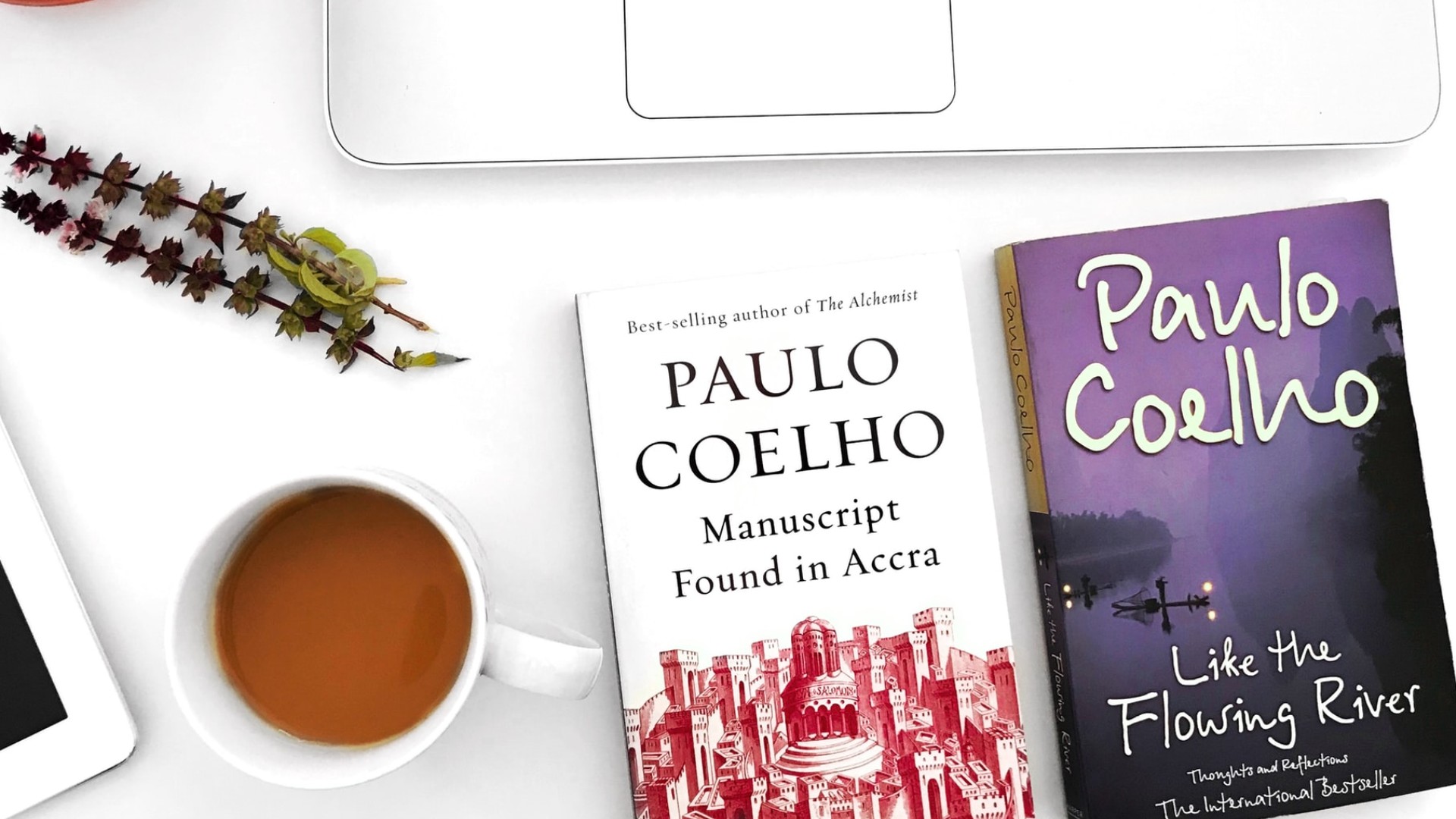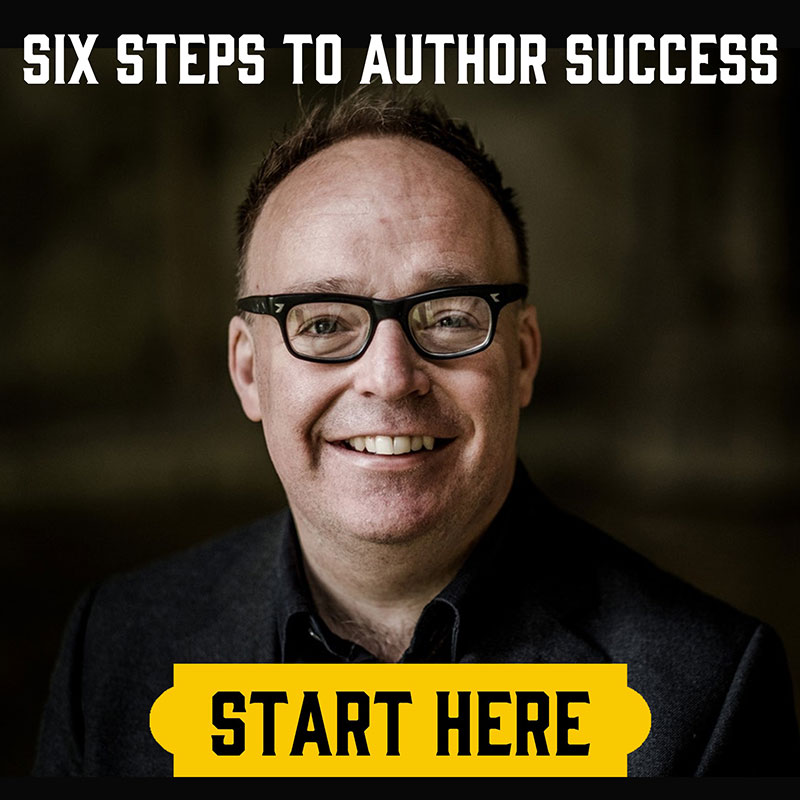5 Unconventional Ways to Improve Readthrough

Authors write series for many reasons. Some have always carried a vision of an epic saga they needed to get out of their head. Others have accidentally written a 900-page monster that had to be broken into instalments to create a viable paperback. And some just found it easier to make money if they wrote and advertised a serialised story. Whether you choose to go the linear series route or create a sprawling universe of overlapping adventures, a series of any arrangement can be fun and profitable to write. The difficulty is getting readers to follow you from one book to the next.
How you identify read-through depends on your goals. Savvy authors have discovered ways to quantify series read-through in dollars, taking into consideration royalties and reader retention rates between books. The purpose of this post, however, isn’t to teach you how to calculate read-through. It’s simply to shine a light on strategies you can use to improve it in your own series.
Of course, the easy answer is to write a string of super-addictive books, but that’s not always enough in the real world. Readers might love your first book but life is chaotic. Incomes fluctuate. They might wait too long and forget about you. They might even set out to grab your sequel only to get distracted by the movies on Amazon Prime. Strong writing certainly helps, but sometimes you need to combine that with intelligent business practices to keep your readers invested. Here are a few strategies to help you begin.
Release Box-Sets First
Box-set readers are often considered by retailers as a separate audience from those who buy individual books. That’s because they read a lot and would rather commit to a whole trilogy for $7.99 than test the first novel for $2.99 only to discover that they like it and have to pay $3.99 for each of the two sequels. These readers are a blessing for authors because they allow us to try strategies that optimise read-through without negatively impacting individual book sales. Many writers do this by saving up three or more books in a series and releasing a box-set before launching the individual books.
It seems unthinkable because it’s rare to see traditional publishers act this way. However, it works, completely removing the read-through issue because box-set readers purchase all of the books in one transaction. What you lose in discounting the series, you make up for in revenue you would have otherwise lost in reader drop-off. On top of that, because of the difference in reader behaviour, you don’t have to worry about the box set cannibalising too many of your individual book sales because many box-set buyers would never have bought the individual books anyway. This winning strategy can even provide you with money and reviews you can later use to market book one in spectacular fashion.
Set Pre-Orders Far in Advance
If you don’t want to make your readers wait until you have three or more books ready to publish, then you can set up pre-order pages for sequels well in advance on Amazon, Apple and other prominent retailers. Doing so will remove the friction for some readers that get lost between launches. You don’t need to upload the final files immediately; in most cases, a placeholder will do until you’re ready. However, Amazon enforces penalties for any author who misses deadlines (they disallow pre-orders for a year) so you should only try this strategy if you are sure you can hit your deadlines.
If you are an experienced writer who is confident that you can, then setting up pre-orders will offer you some advantages. Not only will it give readers faith that sequels are coming and make them more inclined to buy book one; it will also allow them to grab the next book while the last one is still fresh in their minds. At the very least, this tactic gives your readers something more expensive to buy to cover your cost of launching book one at $0.99. In short, it creates the effect of having a larger backlist before you’ve published it.
Encourage Amazon Follows
Amazon is secretive about their follower scheme. As an author, you can direct readers to follow you via the “follow” button situated on your author page. However, other than indicating that followers leads sales, Amazon doesn’t share a lot of information on this topic. They don’t tell you how many followers you have, who they are or how they came to follow your profile. All writers have been able to discern is that – at some point after a book gets uploaded to KDP – Amazon emails their followers to let them know that the new title is available.
Yet, that fact alone is reason enough to encourage your fans to follow you. After all, not every reader has a social media account and many won’t sign up to your email list. They’re not interested in your trip to Italy or your writing process. Some just want to enjoy your latest release and carry on with their lives until they spot the next one for sale. Encouraging Amazon follows is a powerful way to keep them engaged in your series because it allows Amazon to do the selling of future books for you in a way these readers prefer.
Work On Patreon
Authors have tested lots of business models to improve reader retention. Some are based on building massive email lists or social media profiles. Others revolve around releasing a book every month to have a constant presence in the charts so readers don’t forget them. None give authors a guaranteed read-through and income. However, those who have incorporated Patreon into their business have come pretty close.
If you’re not familiar with Patreon, it’s a company that enables supporters of a creator to subscribe to their work. Supporters – or “patrons” – can pay in tiers. This means creators get a dependable income in exchange for giving their patrons access to exclusive content that match their tiers. The higher the payment, the better the content. Subscriptions can be paid on a weekly or monthly basis, or per-creation, which takes the pressure off creators to produce consistently. Many authors use this model for fans who are willing to pay for their content no matter what. If you sell your books through Patreon then it ensures your most engaged readers access to every book you write and you always get paid.
Build a Subscription Service
This is an advanced tactic to say the least but it can benefit some authors, particularly those with a huge backlist, strong sales and frequent releases. Basically, it entails creating your own subscription service. Using such a service, you can tailor your pricing method, make book delivery seamless regardless of device and format, and collect all of your own follower, sales and page reads data. You can even see exactly where readers stop reading your stories to optimise them for read-through. In essence, it’s your own store – the perfect sales machine and laboratory for your books.
Building a platform like this isn’t easy and will require deep pockets, lots of titles and a strong background in tech. Having said that, it provides the ideal scenario. It removes all competition, is completely customisable and gives you unparalleled access to reader data. That’s without considering the benefits of having higher royalty rates and a more prominent presence on people’s devices if you create an app for your store. Managed well, all of these factors combined will give you an edge over your competition, making you more familiar to your readers, which will ultimately make them more loyal and more likely to read deep into your series.
Making your read-through the best it can be is a complex issue that goes far beyond the world of books. Ever since iTunes made it possible to buy a single song, musicians have looked for ways to ensure their fans listen to whole albums. Netflix, Hulu and Amazon Prime also track which series keep viewers gripped for multiple seasons and try to recreate that magic to keep them watching. Everyone is competing for attention and, as an author, you need to adapt your business practices to ensure you remain competitive.
The world is just as distracting for readers as it is for us writers, so getting 100% read-through on every book and every reader is impossible. What is certain is that the creators who get as close as possible produce great stories and stay creative. This focus on excellence applies both to their content and the way they conduct business to keep their fans engaged.

Daniel Parsons
Dan Parsons is the bestselling author of multiple series. His Creative Business books for authors and other entrepreneurs contains several international bestsellers. Meanwhile, his fantasy and horror series, published under Daniel Parsons, have topped charts around the world and been used to promote a major Hollywood movie. For more information on writing, networking, and building your creative business, check out all of Dan’s non-fiction books here.
Grab Your SPF Freebies!
Sign up to receive your SPF starter package, which includes a free 3 part video series on getting started with FB ads, and inspirational and educational weekly emails.

